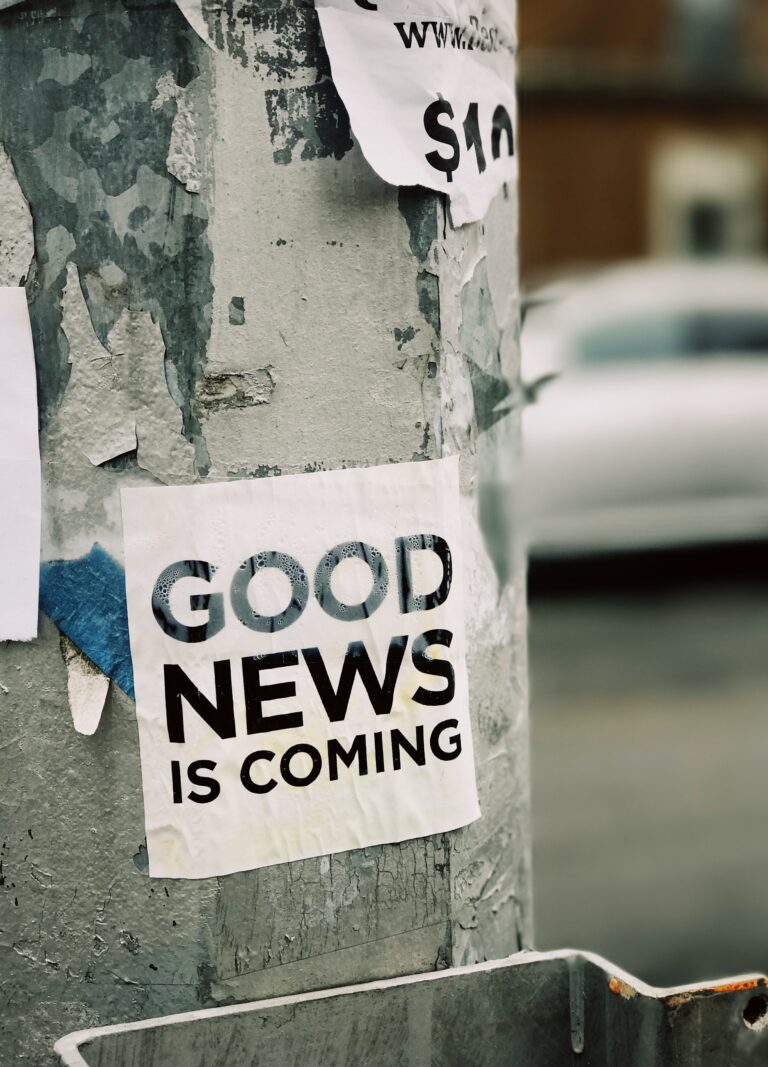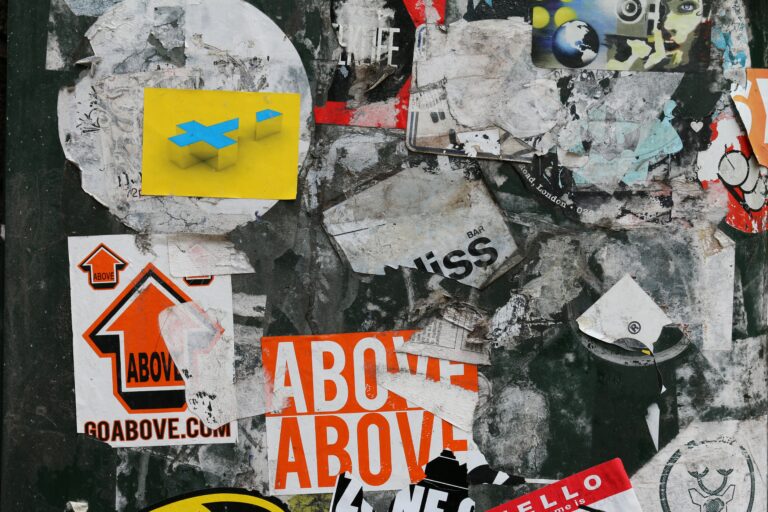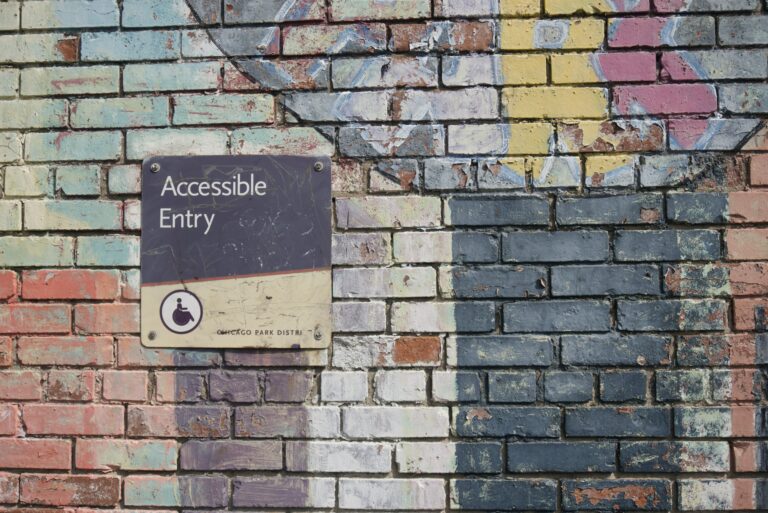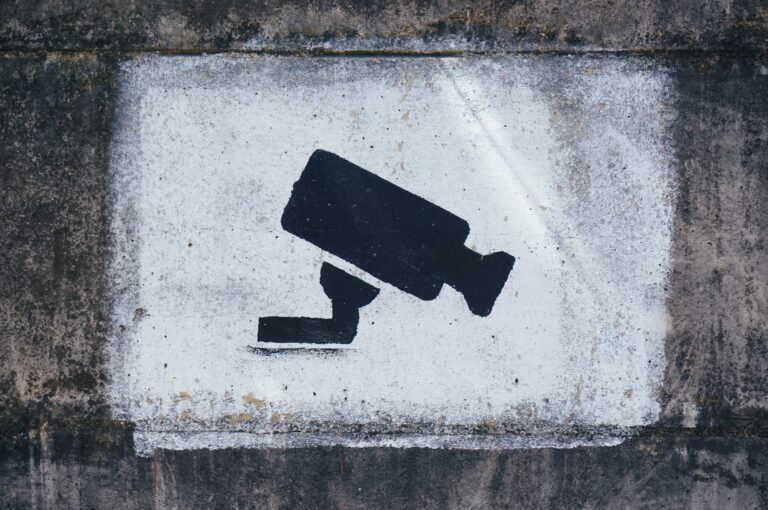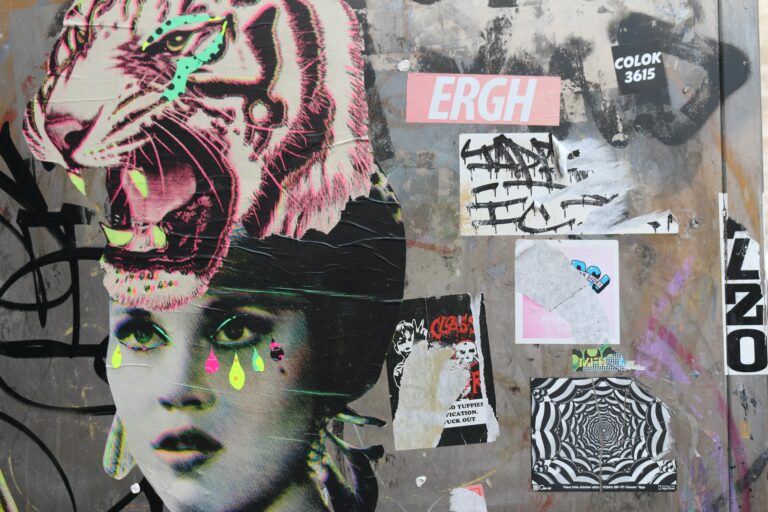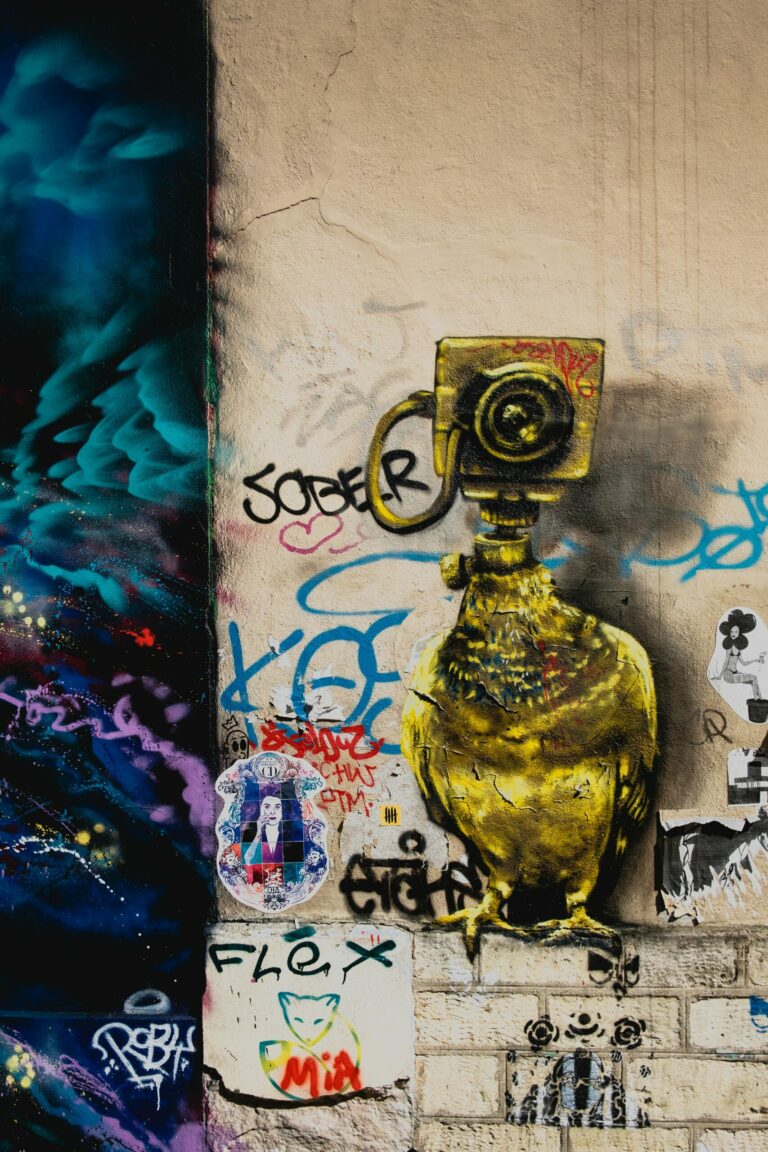I don’t know what it’s like in your circles, but in mine — which, thanks to Twitter, span a broad range of English-language academics, and sometimes a little beyond — everyone is done. Everyone is burnt out and tired and feeling pulled beyond what they can do. And in many ways, things feel bleaker than they did at the beginning of the pandemic, because we’re now all too aware that everything we hoped was temporary, from critical staffing shortages to the demands of working in multiple modalities, is probably not, in fact, temporary. Anytime an institution finds it can run with less, it rarely goes back to more. Even if the cost is human; maybe especially when the cost is human. Humans are infinitely replaceable. Capital projects are forever.
Thank you for your resilience.
